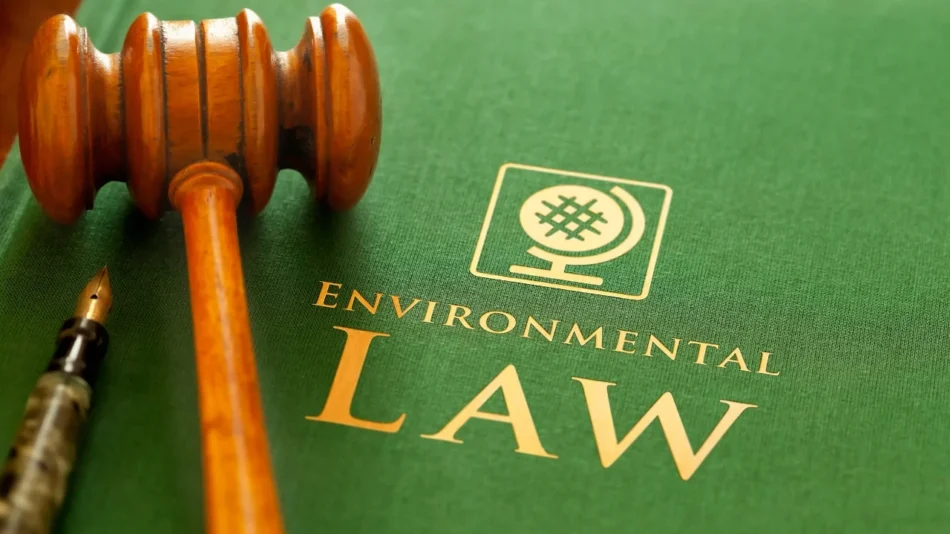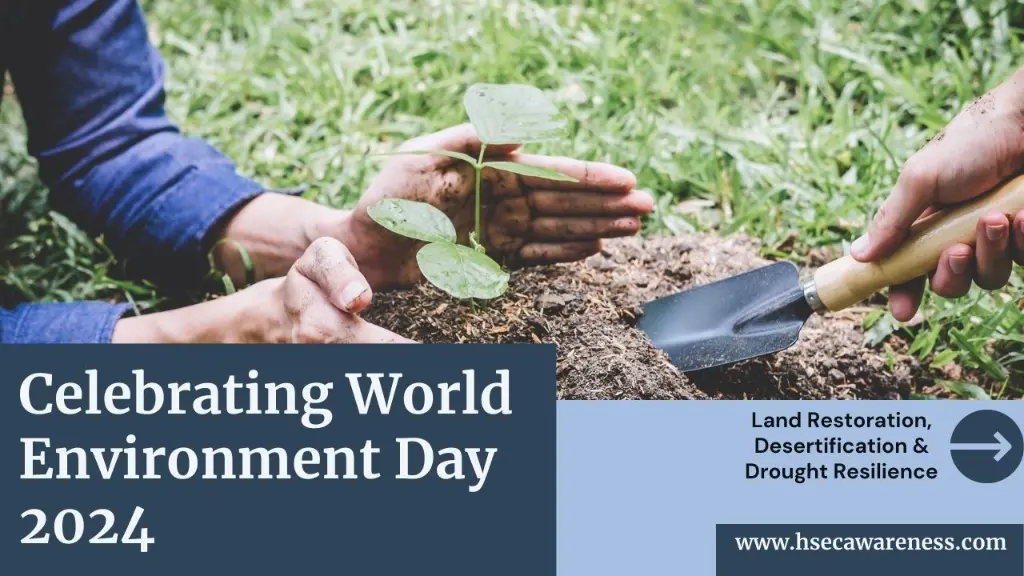Discover comprehensive framework of Environmental Laws in India, from the Constitution to the latest regulations. This guide provides a clear overview of the key acts and rules protecting our air, water, forests, wildlife, and more.
1. Introduction of Environmental Laws in India: What You Need to Know
Hello Friend! As an HSE Professionals environmental enthusiast, I’ve always been fascinated by the laws that protect our beautiful planet here in India. It’s a complex web, but understanding it is crucial for both responsible citizens and businesses.
When it comes to environmental protection, India has a comprehensive framework of laws and regulations that ensure the safety and sustainability of its natural resources. This framework includes constitutional provisions, umbrella legislation, specific regulations and ongoing schemes. Let’s break down this hierarchy:
2. The Foundation: Our Constitution’s Green Promises
Believe it or not, our very own Constitution lays the groundwork for environmental protection in India. It’s like the roots of a tree, supporting everything that grows above.
2.1 Article 48A: Directive Principles of State Policy
According to this article, the State shall endeavor to protect and improve the environment and to safeguard the forests and wildlife of the country.
This serves as a prompt for the government to actively engage in environmental protection and conservation, ensuring a greener and healthier future.
2.2 Article 51A(g): Fundamental Duties
As per this article, it shall be the duty of every citizen of India to protect and improve the natural environment including forests, lakes, rivers, and wildlife and to have compassion for living creatures.
This is a direct call to every Indian citizen. It highlights our fundamental duty to protect and nurture our natural world, fostering compassion for all living beings.
3. Umbrella Legislation:
3.1 The Environment (Protection) Act, 1986:
Think of this as the central pillar of India’s environmental law. It provides the overarching framework for all other environmental regulations, ensuring a comprehensive approach to safeguarding our planet.
4. Specific Regulations & Rules related to Environment
4.1 The Water (Prevention and Control of Pollution) Act, 1974:
This act established Pollution Control Boards at both central and state levels to monitor and combat water pollution, a cornerstone of clean water initiatives.
4.2 The Air (Prevention and Control of Pollution) Act, 1981:
Building on the water act, this legislation expanded the mandate of Pollution Control Boards to tackle air pollution, aiming to improve air quality nationwide.
4.3 The Forest (Conservation) Act, 1980:
Recognizing the vital role forests play, this act focuses on forest conservation and tightly regulates the conversion of forest land for non-forest purposes.
4.4 The Wildlife Protection Act, 1972:
This act protects India’s rich biodiversity, ensuring the safety of wild animals, birds, and plants through designated protected areas like national parks and wildlife sanctuaries.
4.5 The Energy Conservation Act, 2001:
This forward-thinking act promotes energy efficiency and conservation, creating the Bureau of Energy Efficiency to lead the charge in reducing India’s energy consumption.
4.6 The Biological Diversity Act, 2002:
Aims to conserve biological diversity, manage its sustainable use, and ensure fair and equitable sharing of benefits arising from the use of genetic resources.
4.7 The Mines and Minerals (Development and Regulation) Act, 1957:
Regulates the mining sector, including environmental measures related to mining activities, ensuring that mining practices do not adversely affect the environment.
4.8 The Noise Pollution (Regulation and Control) Rules, 2000:
Who doesn’t love peace and quiet? These rules help maintain acceptable noise levels, making our cities more livable.
4.9 The National Oil Spill Disaster Contingency Plan, 1996:
Preparedness is key. This plan outlines a coordinated response to oil spills, safeguarding marine and coastal environments from potential devastation.
4.10 The Batteries (Management and Handling) Rules, 2001:
Addressing the hazards of battery waste, these rules ensure safe handling and disposal of lead-acid batteries to prevent environmental contamination.
4.11 The Municipal Solid Wastes (Management and Handling) Rules, 2000:
Keeping our cities clean is no small feat. These rules lay the groundwork for managing the vast amounts of solid waste generated by urban areas.
4.12 The Ozone Depleting Substances (Regulation and Control) Rules, 2000:
Protecting the ozone layer is crucial. These rules regulate the production, use, and disposal of substances that threaten this vital shield against harmful UV radiation.
4.13 The Biomedical Waste Management Rules, 2016:
Safeguarding public health is paramount. These rules ensure the safe handling and disposal of biomedical waste from healthcare facilities.
4.14 E- Waste (Management) Rules, 2022:
As our reliance on electronics grows, so does the problem of e-waste. These rules make producers and consumers accountable for proper e-waste management.
4.15 The Plastic Waste Management (Second Amendment) Rules, 2022:
Tackling the plastic menace, these rules promote recycling and encourage a reduction in plastic usage to combat pollution.
4.16 The Construction and Demolition Waste Management Rules, 2016:
Construction and demolition generate significant waste. These rules ensure it’s managed and disposed of responsibly, minimizing environmental impact.
4.17 The Hazardous and Other Wastes (Management and Transboundary Movement) Rules, 2016:
This comprehensive framework governs the management and handling of hazardous wastes, ensuring their safe disposal and preventing transboundary movement that could harm other regions.
4.18 The Wetlands (Conservation and Management) Rules, 2017:
Recognizing the ecological importance of wetlands, these rules provide a framework for their conservation and management, safeguarding these vital ecosystems.
4.19 The Coastal Regulation Zone (CRZ) Notification, 2019:
Protecting India’s beautiful coastline is a priority. This notification regulates activities in coastal areas to preserve the fragile marine environment.
4.20 The Fly Ash Utilisation Notification, 2021:
This clever rule finds a use for fly ash, a byproduct of burning coal. It encourages its use in construction, reducing waste and saving resources.
4.21 The Coastal Aquaculture Authority Act, 2005:
Regulates coastal aquaculture to ensure sustainable practices and prevent environmental degradation of coastal areas.
4.22 The National River Conservation Plan (NRCP), 1995:
An ongoing scheme aimed at improving the water quality of major rivers through pollution abatement and ecological restoration.
4.23 The Disaster Management Act, 2005:
Provides a framework for disaster preparedness and response, emphasizing the importance of environmental conservation in reducing disaster risks.
4.24 The Insecticides Act, 1968:
Regulates the import, manufacture, sale, transport, distribution, and use of insecticides to prevent risks to human health and the environment.
4.25 The Motor Vehicles Act, 1988:
Includes provisions related to vehicular emissions and pollution control, contributing to the reduction of air pollution from the transport sector.
4.26 The Dam Safety Bill, 2019:
Focuses on the surveillance, inspection, operation, and maintenance of dams to ensure their safe functioning and prevent environmental hazards.
4.27 The Public Liability Insurance Act, 1991:
Mandates that companies involved in hazardous substances must have insurance to provide immediate relief to victims of an accident.
4.28 The National Green Tribunal Act, 2010:
When environmental disputes arise, the National Green Tribunal (NGT) steps in. This specialized judicial body ensures swift and effective resolution of cases related to environmental protection and forest conservation.
5. Conclusion of the blog on Environmental Laws in India: Your Green Guide to Compliance:
Understanding the structure and breadth of India’s environmental laws is crucial for both responsible citizens and compliant businesses. From our Constitution’s foundational principles to the specialized rules governing specific industries and substances, this legal framework showcases India’s dedication to preserving its natural heritage.
By staying informed and adhering to these regulations, we can all play our part in ensuring a sustainable and healthy environment for generations to come. Let’s continue our journey towards a greener India, together!
Disclaimer: This blog is intended for educational purposes only and should not be construed as legal advice. The information provided herein is a general overview and may not reflect the most current legal developments. For specific legal advice related to your circumstances, please consult a qualified legal professional.
Join me on Facebook, Linkedin, Youtube, WhatsApp & Telegram for the latest updates.
Click the link to read more topics on HSE Laws and Regulations






